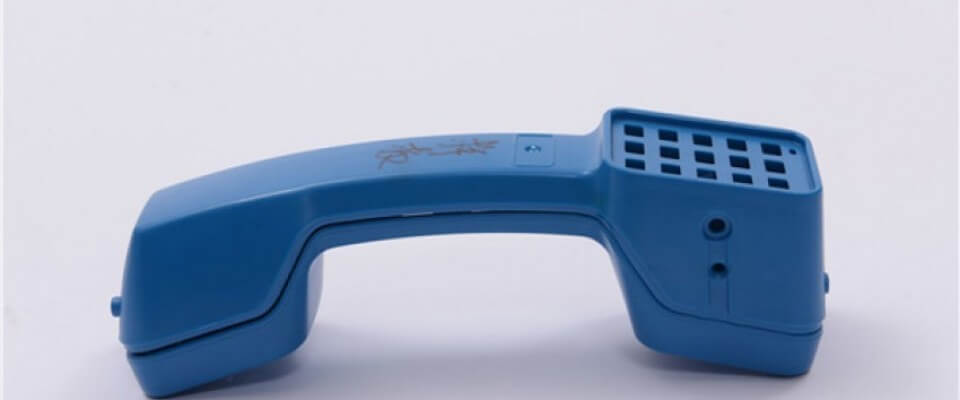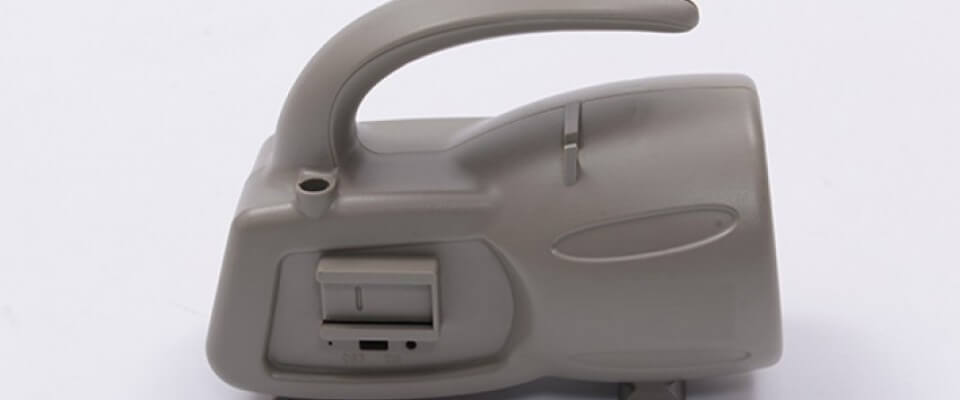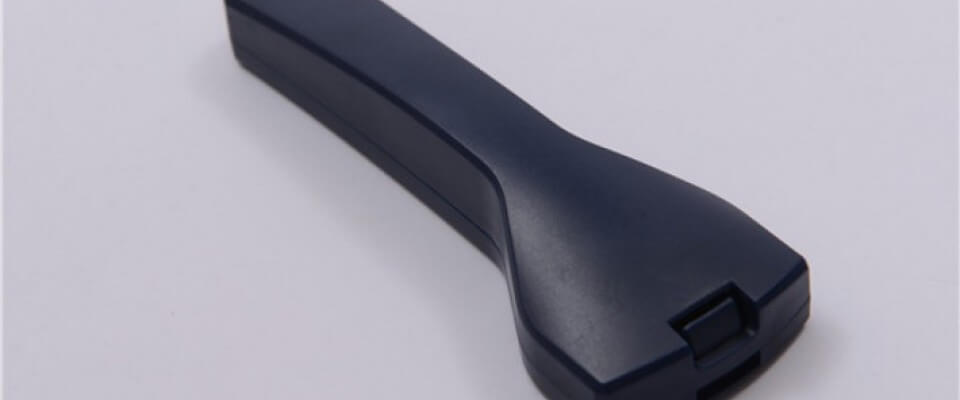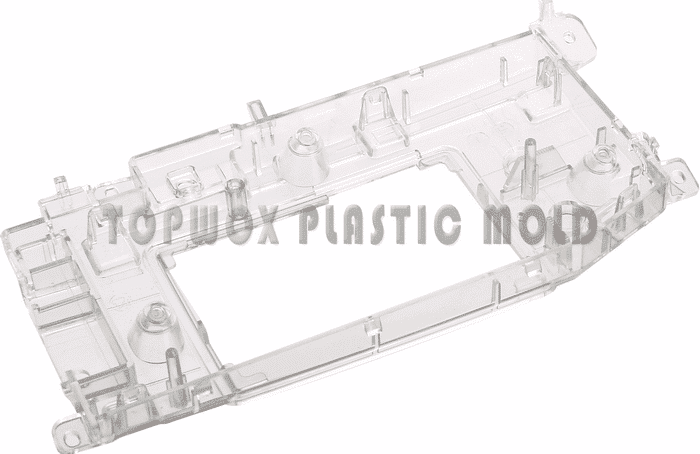[language-switcher]
Cost of injection molding parts
In three forms it is important to consider how the costs of injection molding are determined:
- To check if the commodity is competitive on the market,
- To recheck with evolving plastic fabrics, cavities, volumes or press measurements so that we can see if additional benefit is produced and
- To determine whether the molding costs of the out-sourcing manufacturer are appropriate.
Cost Related To The Injection Molding
To assess molding prices, four basic elements must be analyzed:
- Equipment costs,
- Labour costs,
- Process speeds and
- Tooling costs.
The volume or expenses per cubic inch was not just the expense per pound of raw material when measuring production quality.
If necessary, regrind plastic is good to use as the cost typically amounts to around half of new plastic material.






Typically 18 percent of the sum by weight is the assurance that injection molded part should be safely used. Tests demonstrate, though, that 100% regrind may be of same performance as 100% virgin material with respect to final physical quality.
Despite the usage of hot runner system, the volume of materials that form the runner and the sprue does not reach 18% of the shot by weight. In compliance with this thumb law, only 18% of regrind content is suitable for re-usage.
The clamping tonnage scale of the press is calculated by the lock. It is determined by estimating and multiplying the estimated region of the cavities by a multiplier from 2 to 8, i.e. .the amount of tons needed is to hold the mold closed under injection force.
Regardless of its position, hour prices of injection molding machine or MHR fluctuate, with the Northeast and West being the most expensive regions of the U.S.
The average molding time depends primarily on the course of the cooling process.
The expense of equipment is not typically amortized over a product ‘s lifespan but instead charged as a lump amount for front.
“I’m glad to inform you that all plastic parts are perfect!!! We are delighted, and therefore there are good chances to continue our relationship for any coming new project.”

CRISTIANO
ITALY
“Steven is a very detail-oriented project manager and engineer who can solve problems creatively and also provides excellent service. It was a pleasure working with him.”

DAVID
USA
The cost of injection molding is related to many factors, but mainly to the following:
Prices of raw materials
Ask suppliers of raw materials for the price and you can easily calculate the cost. When the injection molding parts are multiplied by the raw materials price and the loss (about 4%) of the injection molding parts, the raw materials cost is calculated;
Costs associated with injection molding
The different injection molding machines have different processing costs per hour.
Assume: A 100 ton plastic injection molding machine has a processing cost of USD 30.00 per hour, so the processing cost per minute is 0.5 USD;
Now you need to find out how long the injection cycle lasts and how many cavities there are in the mold, for this example, we estimate 30 seconds per cycle, then 60 shots in an hour, with 2 cavities.
This means plastic machine processing costs is 30/(60 2 2) + 4, and its injection molding is $0.125 per piece.
Costs Related To Secondary Processes
The suppliers can help with spray / silk printing / plating, if you so request. The cost of these secondary processes vary depending on the complexity of the part, but they can range from $0.25 to $1.00 per piece. If you are using a local supplier, it will be important to determine whether or not they offer secondary processes and how much those services cost.
Expenses Related To Packaging
An estimation of the packaging carton / packaging bags and other costs will be based on the injection molding part bulk. If the part is large, you may need to use a box with some additional packaging materials to protect it. This will add $0.05 to $0.25 per piece depending on which materials are used and how many pieces are being packaged together. If you are using a supplier or manufacturer that has excess capacity, they may be able to provide this service at no cost.
Transportation Costs
Each part’s transport cost can be calculated based on the shipment cost and the load quantity . The shipment cost will be determined by the distance from your supplier to your facility and whether or not you are using a ground or air shipping service. If you are using a manufacturer that is local, they may be able to offer free delivery services as well.
Personnel Expenses
Due to the omission of the personnel costs in the above costs, the final price should include them. To account for personnel costs, you will need to include the salary of the people who are operating and maintaining your equipment. If you are using an outside contractor, then their hourly rate should be included as well. Maintenance Costs The cost of maintenance is also something that should be taken into consideration when calculating the total cost of ownership.
Revenues
Assuming it is the final and real part, you can decide according to factory conditions; usually anything between 10% and 20%. Taxes are popular with the others… The tax rate will vary between states, so be sure to check with your local government before making any decisions.
The total cost of ownership does not have a set formula that applies to every business. However, keeping these factors in mind will help you estimate the amount of money it costs you to operate your equipment over time.
How to make injection molding cheaper
Here are some tips to help keep your organization’s costs down:
Simplify the design process. Highly detailed drawings are often unnecessary. A basic sketch and written description of the parts can be a good first step to reducing design costs.
Reuse existing parts or models when possible. Plastics are a replicating material, so starting with a prototype or existing model is the fastest way to duplicate a part.
Design new models that are male shaped. This allows for quicker duplication, usually with less material.
Use flat run-outs whenever practical. Removing undercuts and loose pieces simplifies the molding process.
Consider lattice structures instead of solid ones. They use less material and labor and weigh less.
Choose structural materials wisely. Wood is inexpensive but dimensionally unstable. Cast iron is affordable but requires machining. Aluminum and steel cast stronger but cost more. Plastic fabrications have low material and labor costs but limit size.
Use fillers where strength isn’t critical. Adding fillers to plastics can reduce material costs substantially.